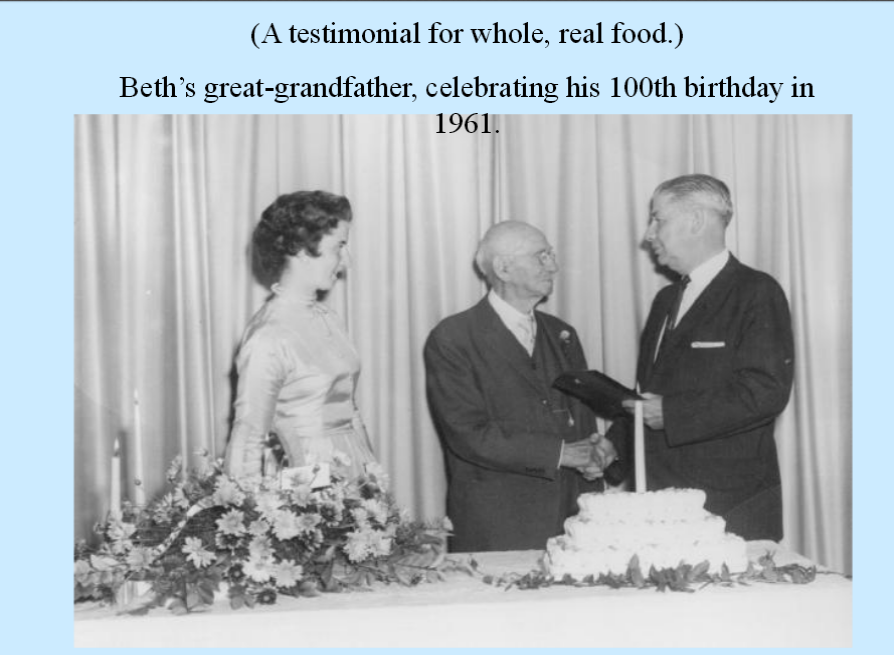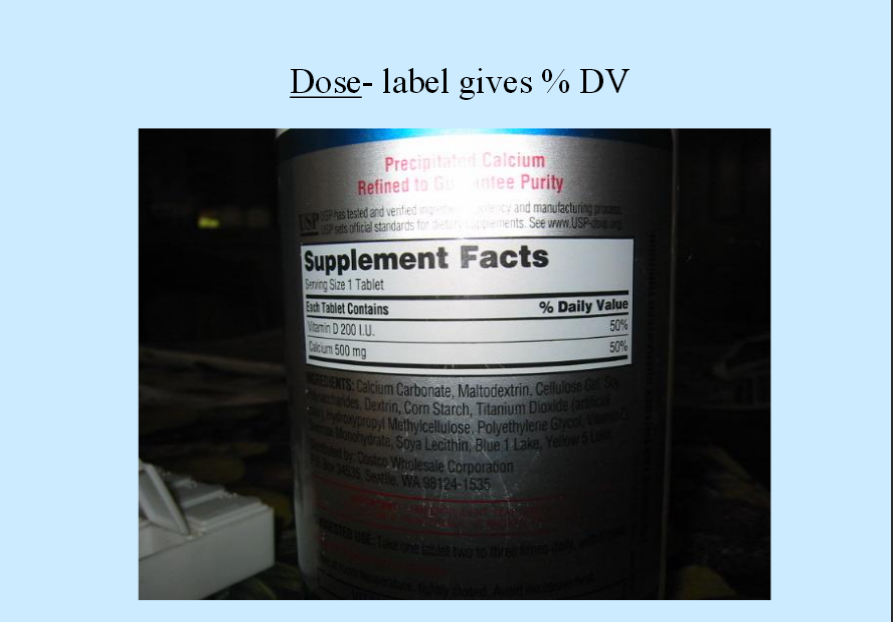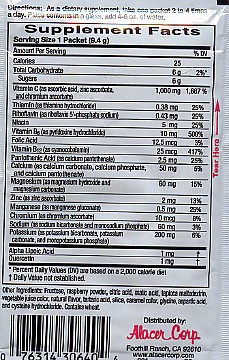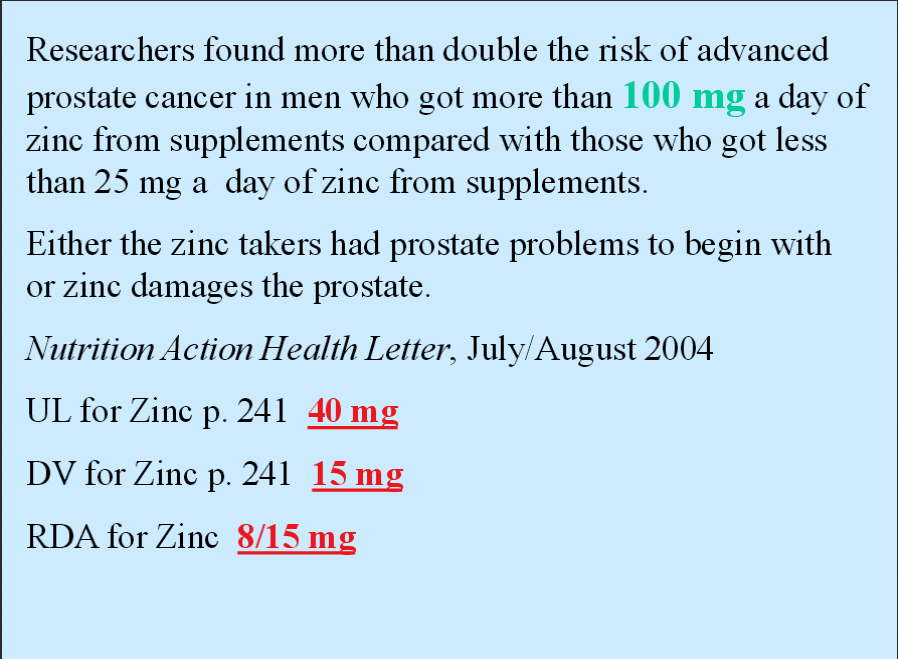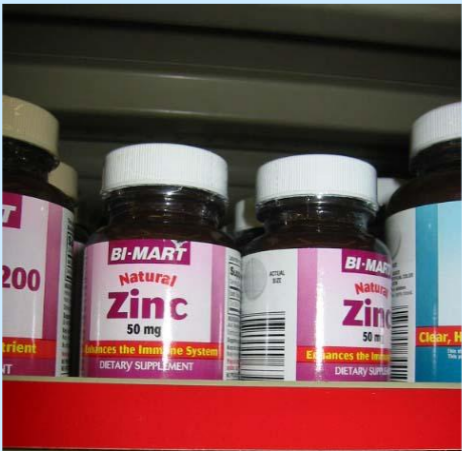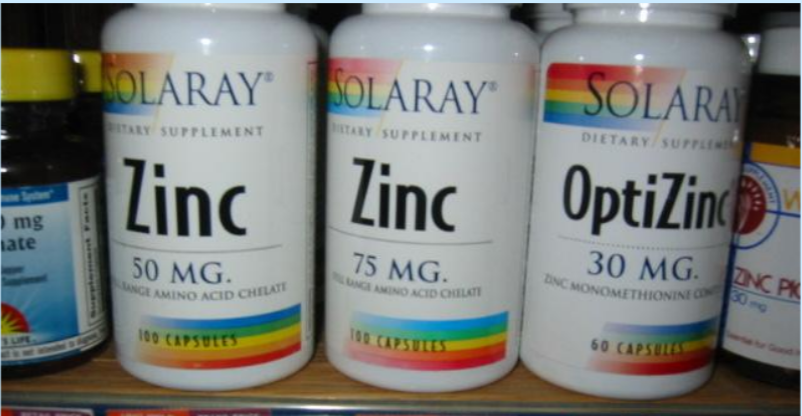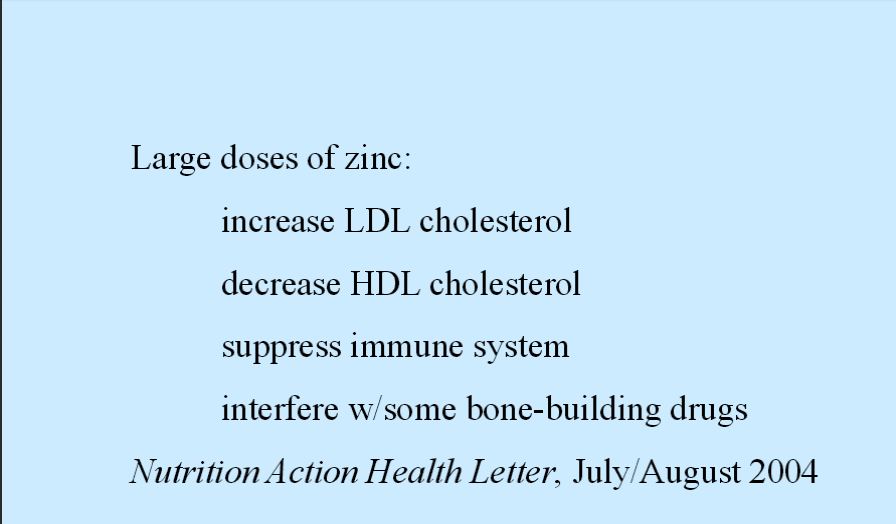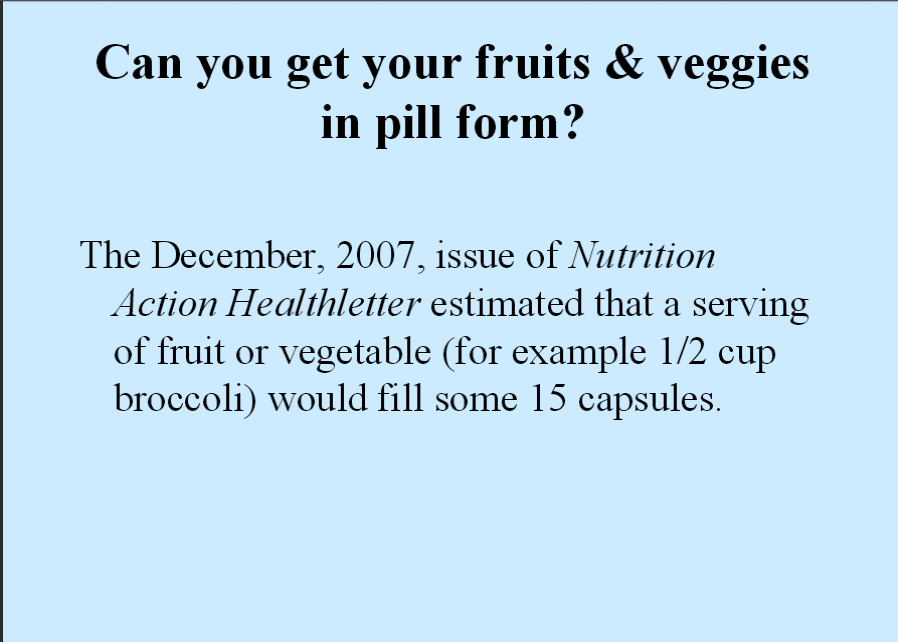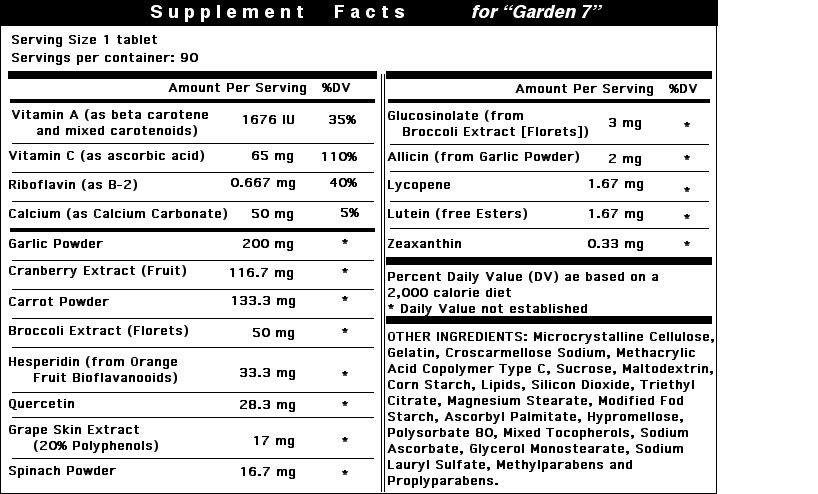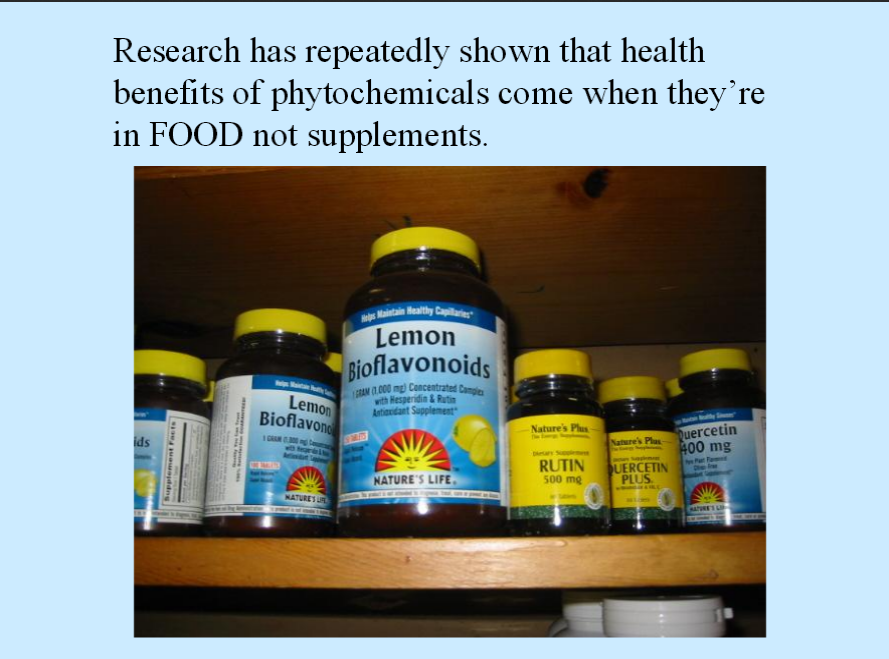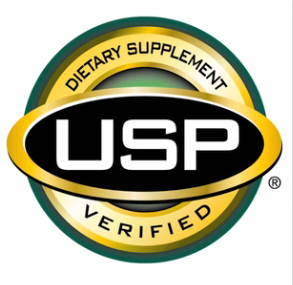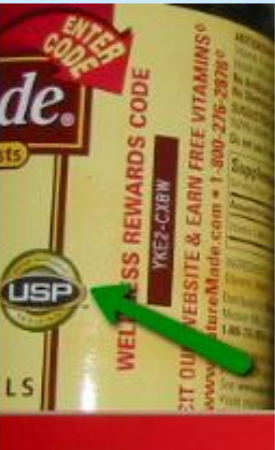| 1. As Marion Nestle mentions above, supplements should
never be a substitute for whole foods.
Whole foods are complex, and not only supply us with essential vitamins and minerals, but also other beneficial things like phytochemicals. The below image is of one of my colleague's great-grandfather.
At 100, he was still:
2. Pay attention to the dose.
Remember the Daily Value (DV) which is used for product comparison is not necessarily the same as the DRI (a value we can use for our own nutrient needs). So keep it simple and try to keep the dose to about 100% of the DV.
3. Often times people are getting supplements from multiple sources, so make sure you add together the dose. When considering your intake from supplements, also consider something people sometimes grab at the checkout counter.  |
| Serving Size: 1 packet | % DV | |
| Vitamin C | 1,000 mg | 1,667% |
| Thiamin | 0.38 mg | 25% |
| Riboflavin | 0.43 mg | 25% |
| Niacin | 5 mg | 25% |
| Vitamin B6 | 10 mg | 500% |
| Folic Acid | 12.5 mcg | 3% |
| Vitamin B12 | 25 mcg | 417% |
| Pantothenic Acid | 2.5 mg | 25% |
| Calcium | 50 mg | 5% |
| Magnesium | 60 mg | 15% |
| Zinc | 2 mg | 13% |
| Manganese | 0.5 mg | 25% |
| Chromium | 10 mg | 8% |
| Sodium | 60 mg | 3% |
| Potassium | 200 mg | 6% |
| Alpha Lipoic Acid | 1 mg | no DV |
| Quercetin | 1 mg | no DV |
| The front of the above packet says it has "32
mineral complexes" Many minerals aren't listed in the above
table. That's because some of the minerals have multiple
"complexes" listed on the label. For example the calcium in it is calcium carbonate,
calcium phosphate and calcium pantothenate. You can click see on this to see a larger image.
|
|
Sometimes another source of supplements is a beverage. Below is a 20-ounce bottle of a Glaceau-brand product called "Vitamin Water". Notice that the first column of the Nutrition Facts is given for an 8-ounce serving. The secomd column of the Nutrition Facts is for the whole bottle.  4. Don't let nutrient levels exceed the Upper Intake Level. It is not uncommon to find a supplement that does exceed the UL so you will have to do your own inquiry on this one before buying. Below is an example of how too much can be a concern, and how the UL compares to the DV and RDA/AI.
Usually the UL is exceeded when you buy a supplement with a single vitamin or mineral (as you can see in the zinc supplement below) versus a multivitamin/mineral supplement.
5. Get phytochemicals from foods, not supplements. Research has shown that phytochemicals have benefits when you get them from foods, not supplements, and may even be harmful from supplements.
The label for the below
HERBALIFE-brand supplement says that taken 3 times daily “Garden
7 provides the phytonutrients equivalent to 7 servings of fruits and
vegetables”. As you learned in chapter 2, one serving of a vegetable like broccoli may have 100 different phytochemicals.
6. Look for the USP label (as illustrated below) when purchasing a supplement. This means that the manufacturer has paid an outside agency to test the product to affirm it contains the nutrients stated, and that it will dissolve.
If you want to learn more about supplements and their safety, I encourage you to watch this great Frontline Video, "Supplements and Safety". This video is optional and I will not be asking questions on it. END OF LECTURE 8B |

